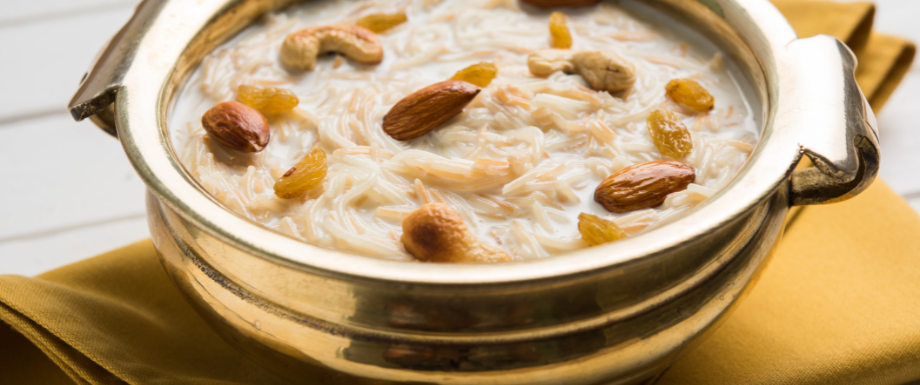Diabetic sweets – Nutritional value in Vermicelli Kheer
Rice and kheer along with milk have lot of significance in religious ceremonies, and festivities. Kheer containing all these ingredients is an essential aspect of Indian festivals. Kheer is served as a dessert and is generally made of boiled rice, milk, spices, and nuts. However, vermicelli kheer is equally popular among Indians.
Vermicelli is a type of pasta that is made either from rice flour or wheat flour. It is known as semiya in India and is used to make kheer, upma, broth, halwa, ladoos, and many more.
Vermicelli mainly consists of carbohydrates. It is a medium glycemic index food, which means it takes only a moderate amount of time for the food to be converted into sugars. Vermicelli as such can be included in your diabetes diet plan; however, one has to control the portion sizes.
Even though vermicelli is low in saturated fat and sodium, it contains simple carbohydrates and so should be used in moderation. When it comes to vermicelli kheer, it is certainly not the best diabetic sweet.
But since kheer is deeply connected to our traditions and culture, you can indulge in this sweet only in moderation. Also, it is better to opt for low-fat milk and lesser amounts of ghee.
Calories in Vermicelli Kheer (100 gm.)
| Calories | 244.13 Kcal |
| Protein | 3.06 gm. |
| Fat | 1.93 gm. |
| Saturated Fat | 6.06 gm. |
| Carbohydrate | 34.96 gm. |
| Fiber | 2.38 gm. |
| Sodium | 1.25 mg. |
| Potassium | 89.8 mg. |
| Calcium | 9.54 mg. |
| Iron | 0.9 mg. |
| Zinc | 0.41 mg. |
Vitamins in Vermicelli Kheer (100 gm.)
| Vitamin B6 | 0.02 mg. |
| Vitamin B9 | 5.24 μg. |
| Vitamin C | 0.05 mg. |
| Vitamin D2 | 1.13 μg. |
| Carotenoids | 14.78 μg. |

